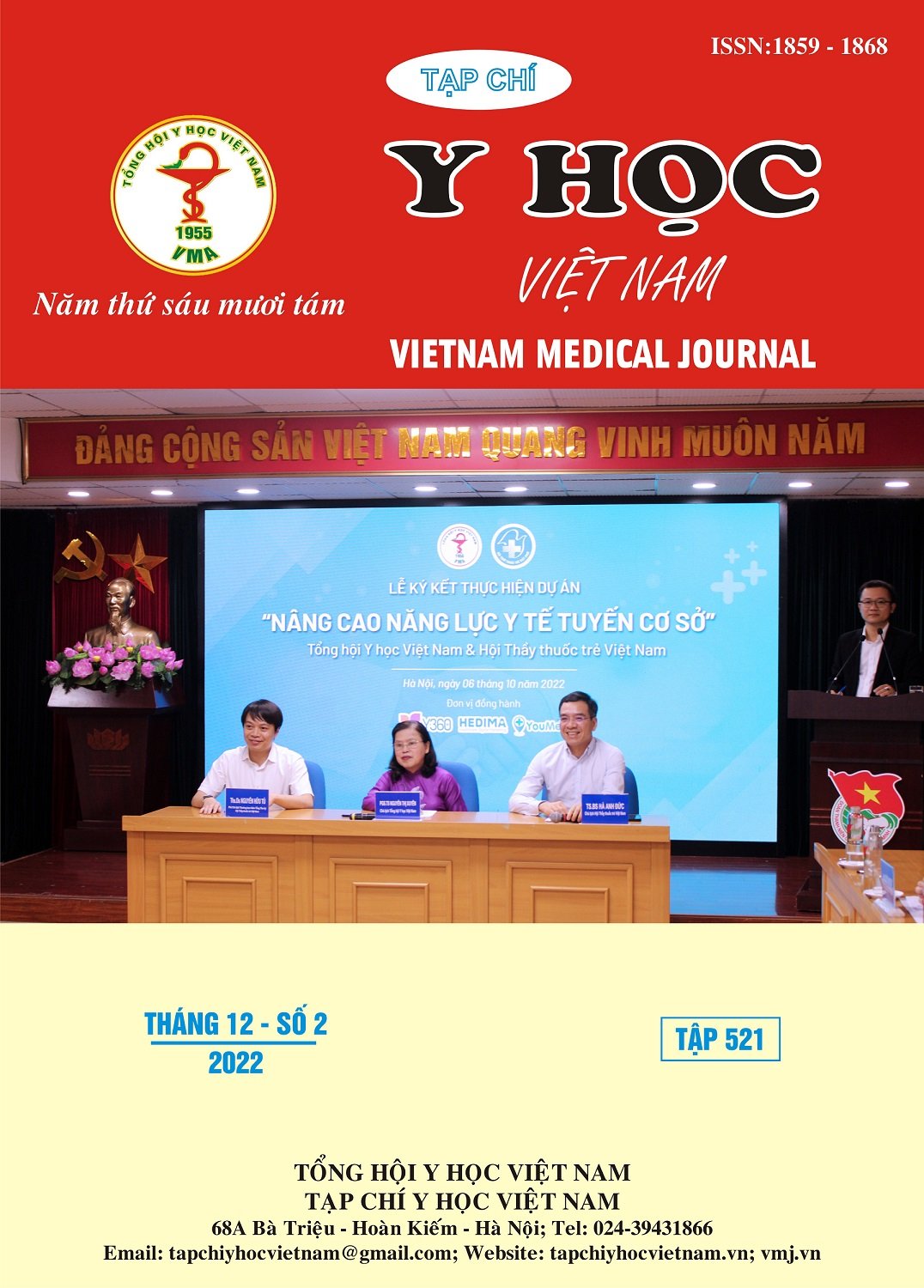EFFICACY OF MINISCREW FOR WHOLE ARCH DISTALIZATION: A SYSTEMATIC REVIEW
Main Article Content
Abstract
Objective: To evaluate the efficacy of miniscrews for whole arch distalization from researchs in the past 20 years. Materials and methods: Systematic review. Results: 08 artilces were included in the systematic review. Miniscrew used in whole arch distalization are 1.5mm – 2mm in diameter, 6mm – 14mm in length for maxillary and are 1,5mm in diameter, 6mm – 7.1mm in length for mandibular. Distalization force is 200gram in most articles. Upper incisors retract 0.49mm – 4.6mm (p<0.05 in 4/6 articles). Upper first molar move distally 1.29 mm – 4mm (p<0.05 in 5/6 articles). Lower incisors retract 1.69mm – 3.2mm (p<0.05 in 2/3 articles). Lower first molar move distally 1.88mm – 3.4mm (p<0.05 in 2/3 articles). Incisor tip labially and extrude, first molar tip distally and intrude in both upper and lower jaw. Occlusion plane rotates counterclockwise during maxillary whole arch distalization and anticlockwise during mandibular whole arch distalization. Upper lip retracts up to 2.5mm, lower lip retracts up to 2.0mm. Trends of moving are the same in all results but not highly statistically significant. Conclusion: Miniscrews are effective in whole arch distalization. The most obvious clinical signs of total dentition distalization are incisor retraction and molar distal movement, statistically significant difference proved. Other movement such as tipping, extrusion, intrusion of incisors and molars, rotation of occlusion plane, lips retraction are somewhat showed in the results but not many articles have statistically significant difference.
Article Details
References
2. Park JH, Kook YA, Kim YJ, Lee NK. Biomechanical considerations for total distalization of the maxillary dentition using TSADs. Semin Orthod. 2020;26(3):139-147. doi:10.1053/j.sodo.2020.06.011
3. Chae JM, Park JH, Kojima Y, Tai K, Kook YA, Kyung HM. Biomechanical analysis for total distalization of the mandibular dentition: A finite element study. Am J Orthod Dentofacial Orthop. 2019;155(3):388-397. doi:10.1016/j.ajodo.2018.05.014
4. Zeng X, Zhang Y, Kwong JSW, et al. The methodological quality assessment tools for preclinical and clinical studies, systematic review and meta-analysis, and clinical practice guideline: a systematic review. 2015;8(1):2-10. doi:10.1111/jebm.12141
5. Jung MH. A comparison of second premolar extraction and mini-implant total arch distalization with interproximal stripping. Angle Orthod. 2013;83(4):680-685. doi:10.2319/091112-726.1
6. Lee SK, Abbas NH, Bayome M, et al. A comparison of treatment effects of total arch distalization using modified C-palatal plate vs buccal miniscrews. Angle Orthod. 2018;88(1):45-51. doi:10.2319/061917-406.1
7. Bechtold TE, Kim JW, Choi TH, Park YC, Lee KJ. Distalization pattern of the maxillary arch depending on the number of orthodontic miniscrews. Angle Orthod. 2013;83(2):266-273. doi:10.2319/032212-123.1
8. Shaikh A, Jamdar AF, Galgali SA, Patil S, Patel I, Hemagiriyappa MS. Efficacy of Infrazygomatic Crest Implants for Full-arch Distalization of Maxilla and Reduction of Gummy Smile in Class II Malocclusion. J Contemp Dent Pract. 2021;22(10):1135-1143. doi:10.5005/jp-journals-10024-3179
9. Ali D, Mohammed H, Koo SH, Kang KH, Kim SC. Three-dimensional evaluation of tooth movement in Class II malocclusions treated without extraction by orthodontic mini-implant anchorage. Korean J Orthod. 2016;46(5):280-289. doi:10.4041/kjod.2016.46.5.280


